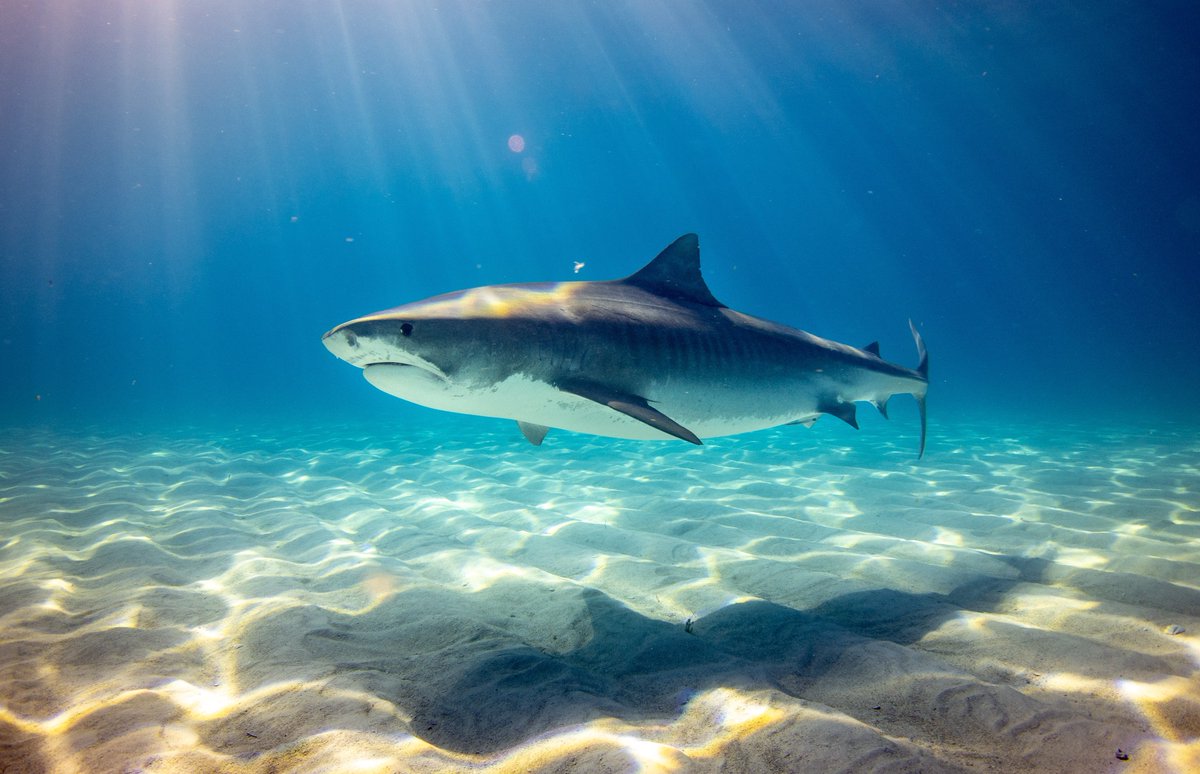
As Taronga’s Research & #Conservation Coordinator, & a marine biologist specializing in #ConservationGenetics, Dr Jo Day, wears many hats – & most are waterproof! Jo’s work covers many areas & species, including the little-known Port Jackson #shark... #MarineScience #ScienceWeek 

Data from GPS and accelerometer tags fitted to Taronga zoo-based Port Jackson #sharks allowed the team to identify resting & active swimming, as well as feeding behaviour. 

Using fine and broad scale #MovementEcology data from these Port Jackson #sharks, #MachineLearning models allowed the team to identify these key behaviours in this elusive #marine #shark species. mdpi.com/1424-8220/20/2…
By identifying ecologically important behaviours in the zoo setting, this research can now be applied to wild Port Jackson #sharks. Data from accelerometers coupled with spatio-temporal data would allow the scientists to pinpoint areas for priority #shark #conservation 

• • •
Missing some Tweet in this thread? You can try to
force a refresh












